
Our logo, along with the OGINOYA's Roots Megane Bridge, is an abstract form of the elevated area of this property.
It is the ceiling of the restaurant and at the same time the symbol of OGINOYA, the curve of the Touge no kamameshi, the image of the GEN (vine) of the bow.
The store name, GEN, also implies that OGINOYA's new initiatives will extend in multiple directions.
About Cooking
Food and sake from Gunma and Nagano. Local specialties, fermentation and food culture.
We will serve snacks using Touge no kamameshi bowls, the symbol of OGINOYA.
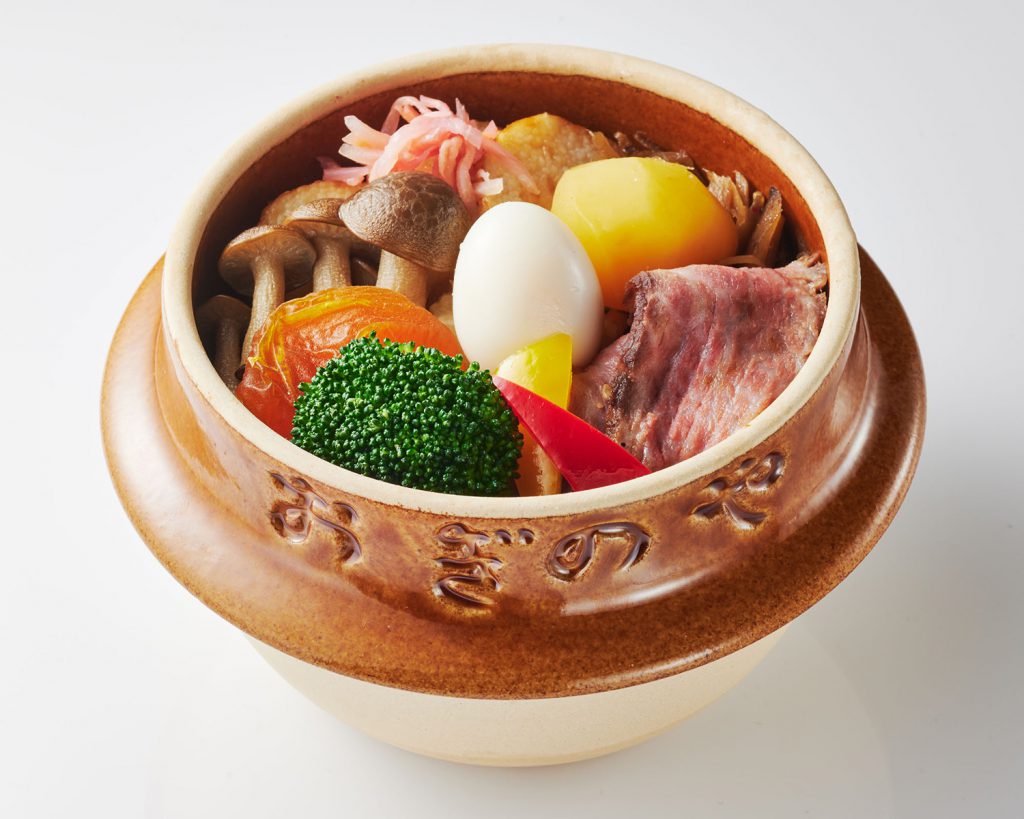
The menu is limited to Yurakucho.
Limited kamameshi- GEN
1,500 yen (tax included)
Azumino Koshihikari rice cooked in a secret broth is topped with flavorful Jyoshu beef made from ichibo, a rare part of beef, and a variety of colorful ingredients. It is only available at GEN!
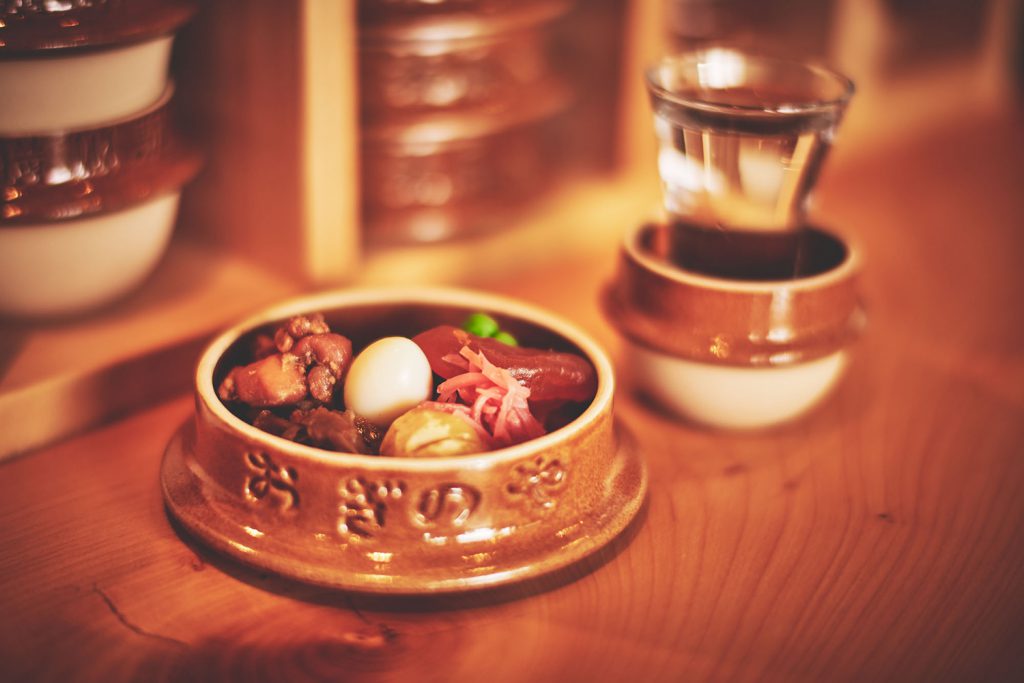
The evening menu will be based on the concept of "drinking with the head of the Touge no kamameshi (no rice, only the ingredients, the head)," and will offer a variety of ingredients and menu items arranged accordingly, snacks reflecting the food culture of Gunma and Nagano, and new menu items using local ingredients.
About alcohol
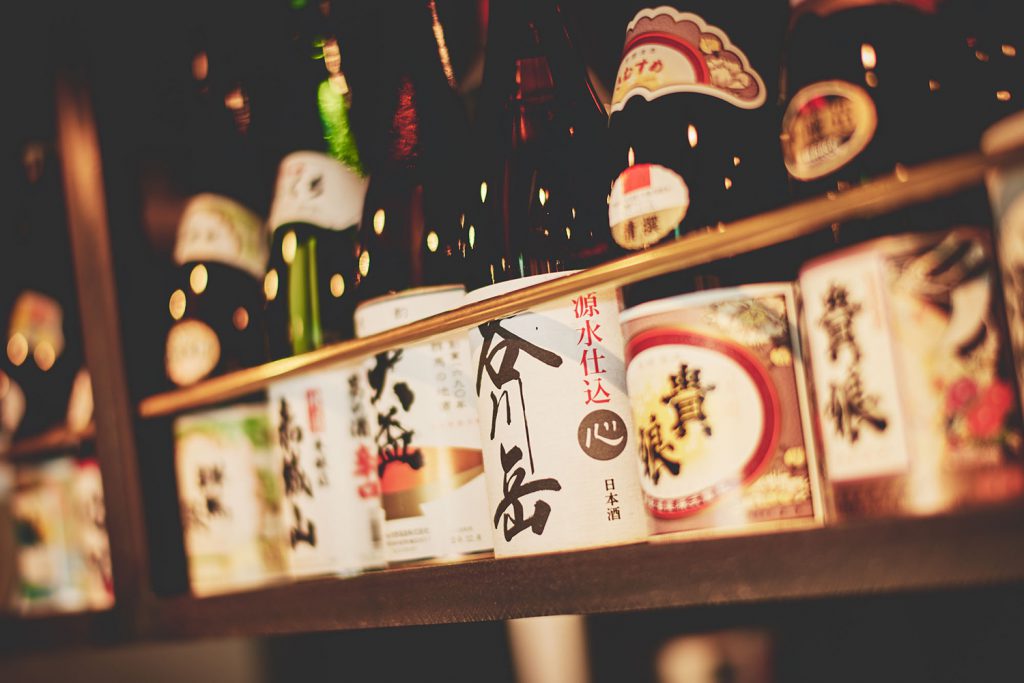
The sake will be served by Shimon Watanabe, the chef and designer of the restaurant, who is also a sake lover.
We will offer suggestions based on food pairings, focusing mainly on breweries that are not well known in Tokyo, family-run breweries, and small breweries. In addition, we will also offer attractive sake that goes well with food as a new innovation.
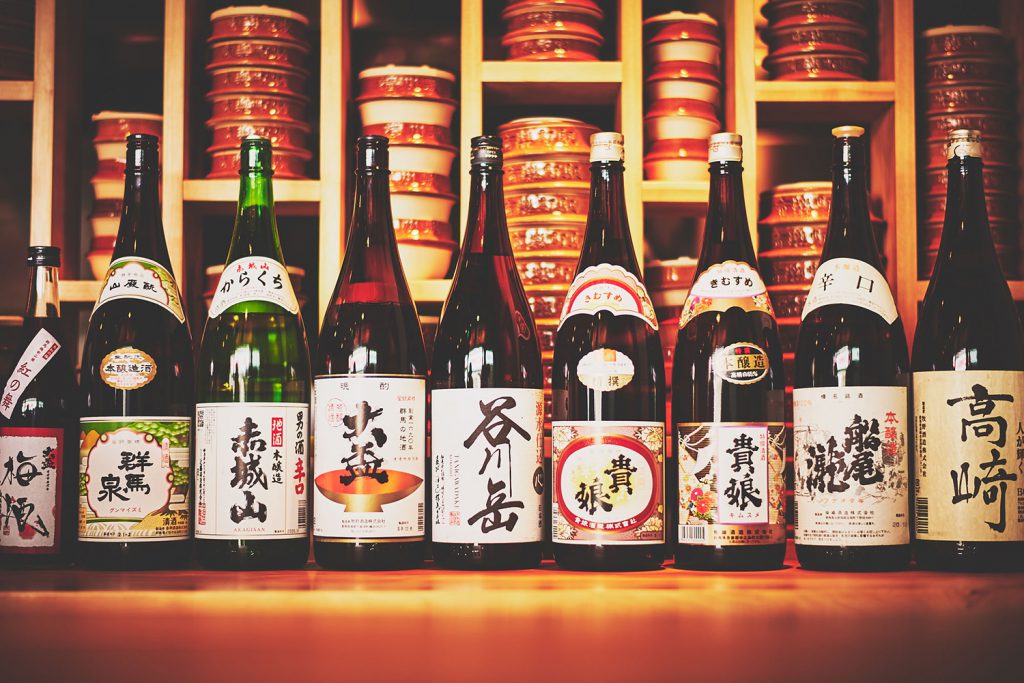
The sake selection will be centered on local sake from Nagano and Gunma.
Each time, several sake breweries will be selected from each region, with a focus on "ordinary sake," sake that is consumed almost exclusively in the local area.
Local shouchu and beer will also be available.
About the Interior
Chemical finishes are avoided as much as possible, and wood (ginkgo), iron, brass, copper, plaster, Oya stone, etc. are used.
We have made the best use of the characteristics of naturally derived materials as much as possible.
I tried to harmonize the ingredients as if they were in a pot of rice.
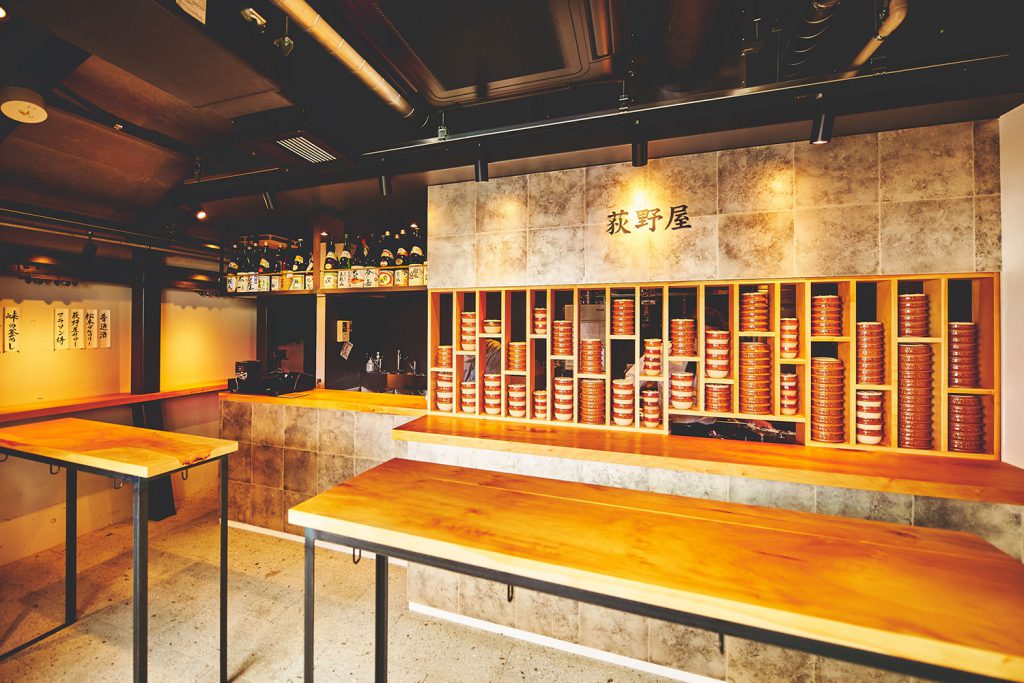
Chemical finishes were avoided as much as possible, and the characteristics of naturally occurring materials such as wood (ginkgo), iron, brass, copper, plaster, and Oya stone were utilized as much as possible, and I tried to harmonize them as if they were ingredients in a pot of rice.
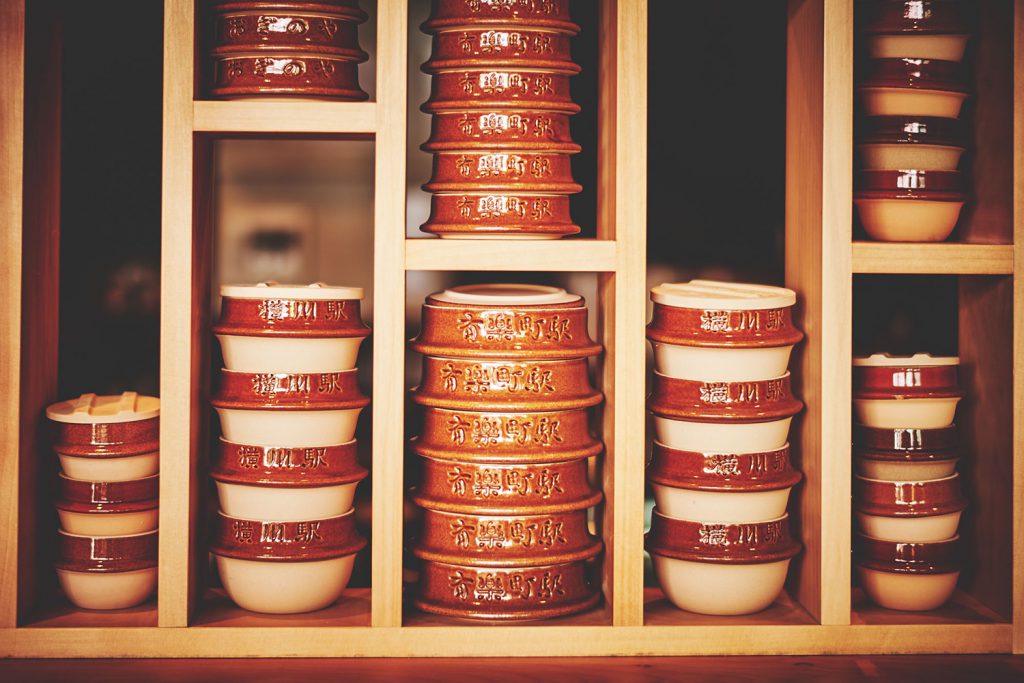
The ginkgo shelves in the counter area can be stocked with pots of different sizes and types, creating a symbolic look for OGINOYA.
We hope you will visit and experience firsthand.

